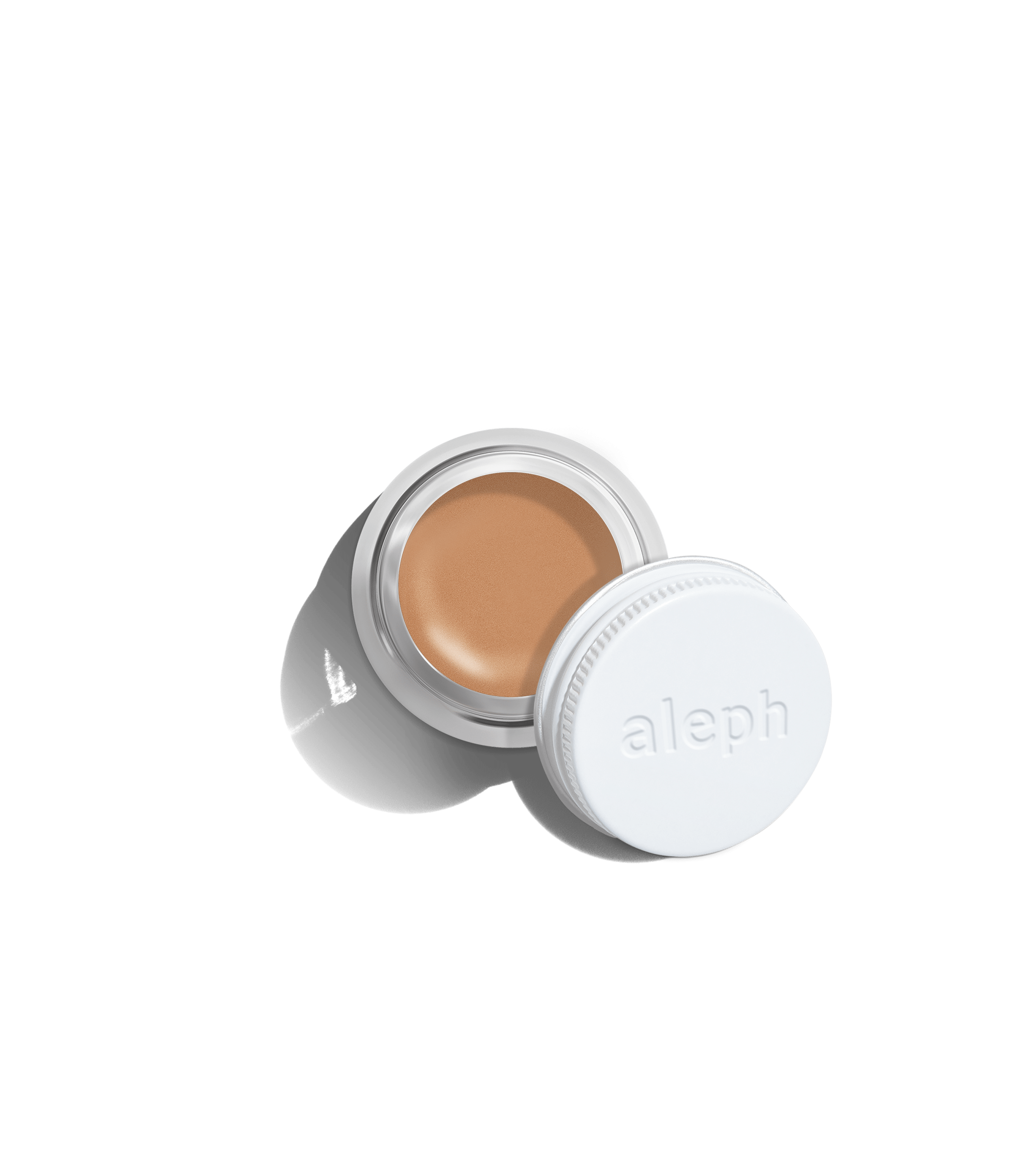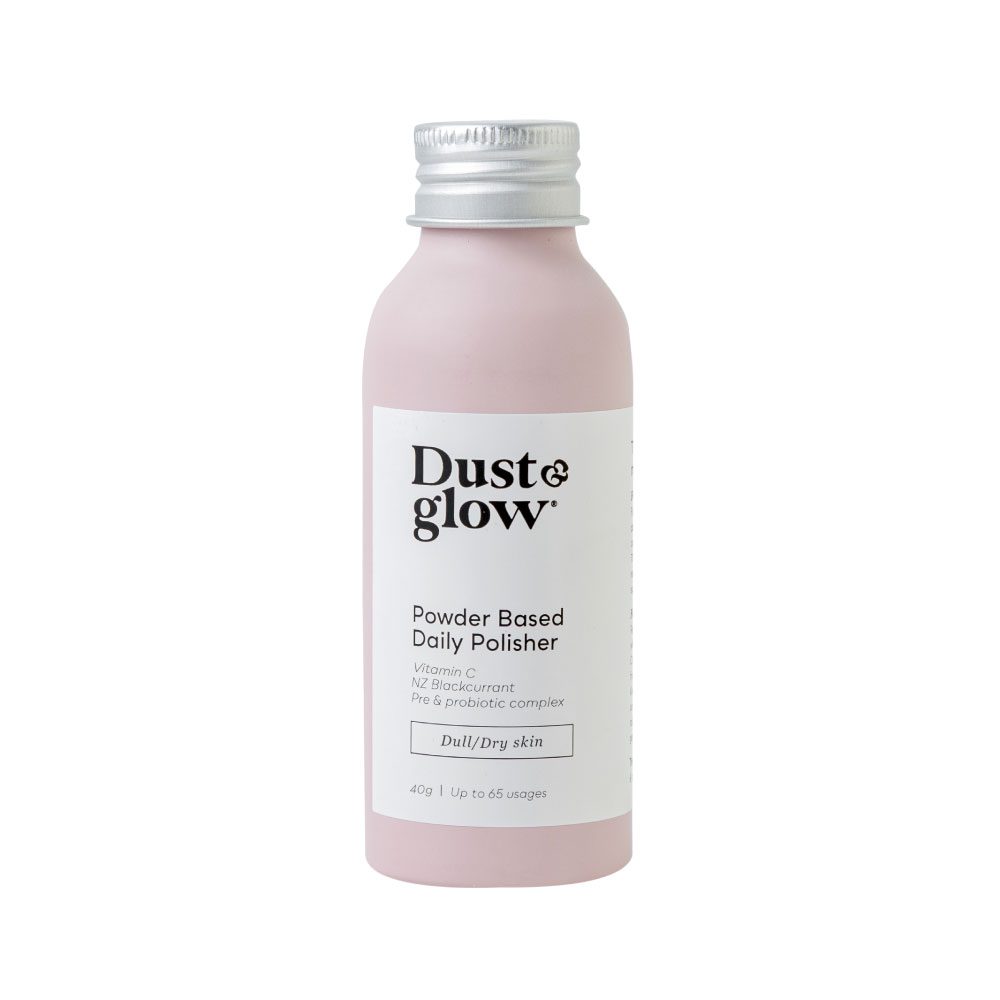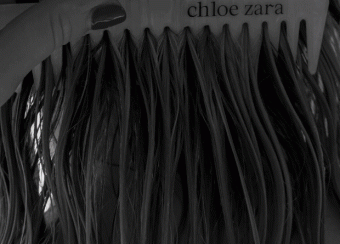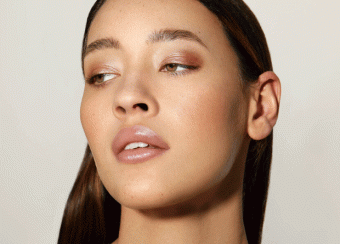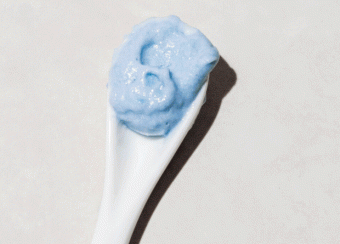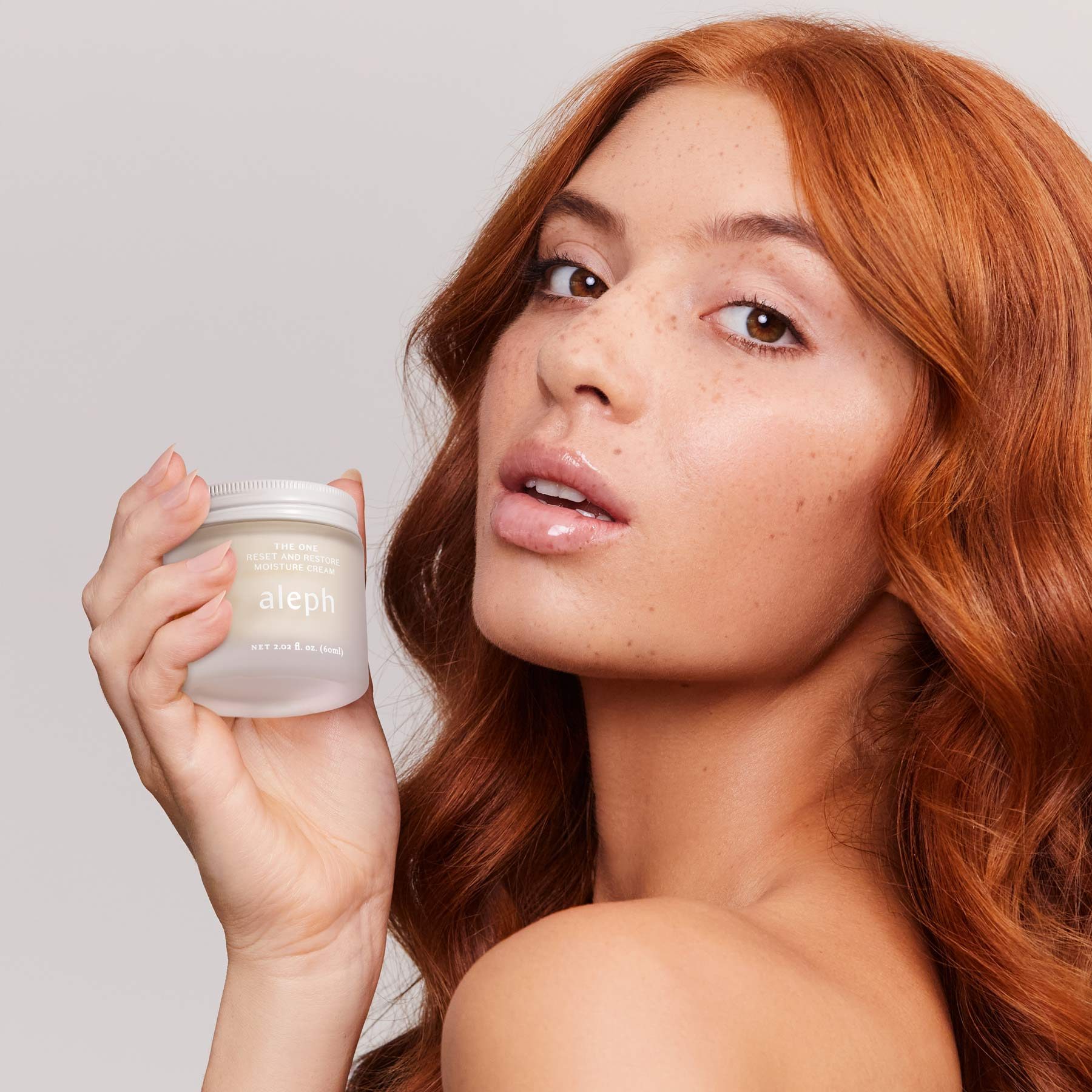5 Reasons Your Foundation Looks Cakey – and How to Fix it
09/10/2022 2022-10-10 14:55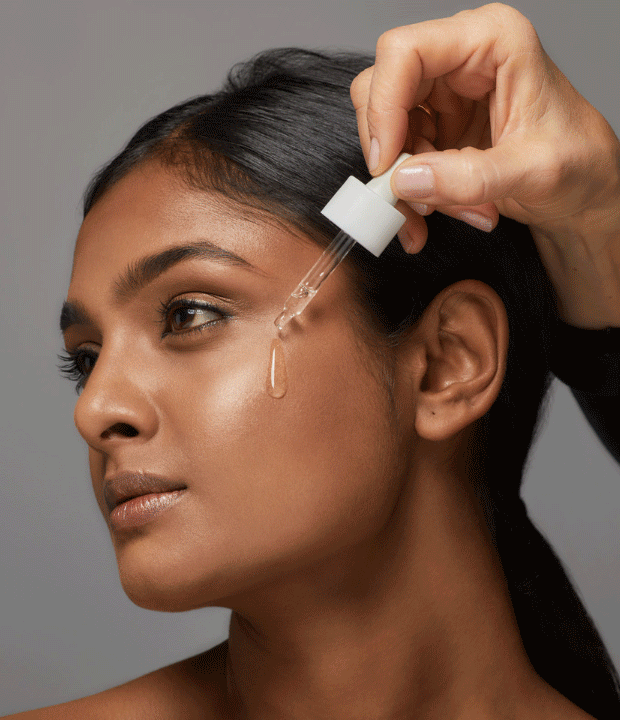
5 Reasons Your Foundation Looks Cakey – and How to Fix it
When you’ve found the perfect foundation formula, it’s a holy grail moment. It’s like your skin but better, a more refined and put-together you, with a flawless finish to show for it.
But sometimes, things can go unexpectedly – and drastically – wrong. You reach for your foundation (perhaps new, or a fave formula you’ve used for years) and apply it without thinking, only to step back from the mirror and catch your breath. Where did that caked-on face of makeup come from, and why now, why me?
The real question is: is it really your foundation’s fault, or something else entirely? In all honesty, it could be all about the skin that it’s being applied to. Here’s a few tips about where you may be going wrong, and how to avoid a makeup mishap in the future…
You forgot to do the prep
Like painting a house without first applying an undercoat, foundation without the correct skincare underneath can end up looking like a hot mess. So much of how a foundation looks on the skin has to do with how we prep it beforehand, and if the skin surface is dehydrated or unevenly textured, this can change how a base lays on the skin. Proper skin prep should include at least a moisturiser and primer, and this is true for every skin type. We love Aleph Beauty’s Serum / Primer for a well-primed base, every time.
You need to exfoliate
While moisturising and priming play an important role in the end look of your foundation, exfoliation does, too. If you have a build-up of dead skin cells and don’t exfoliate regularly, chances are you’ll occasionally find your foundation appears cakey. We love Dust & Glow’s Powder Based Daily Polisher for a smooth start.
You may be wearing the wrong shade
Sometimes it’s not so much about your skin prep as it is about the specific shade of foundation you’re using. Caking can occur when you’re simply using the wrong shade of foundation, as it looks unnatural and thus more than a little mask-like.
To avoid this, it’s important to think about your undertones when selecting your shade. By knowing if your skin’s undertone is cool, warm, or neutral, you’ll be better suited to pick the foundation that best fits your complexion. Thankfully, many brands have caught on to the fact that skin tones vary widely, so there are plenty of shades to choose from according to tone and undertone.
Or, the wrong formula for your skin type
If your skin is on the dry side, it needs all the hydration it can get – and that includes in your foundation formula. Those with dry skin can benefit from foundations with hydrating ingredients like hyaluronic acid, or liquid or cream formulations that won’t dry skin out. If you are prone to acne or have skin that suffers from high colour or redness, a colour-correcting formula could be your new best friend, and always opt for fragrance-free if sensitivity is an issue.
You’re using too much
Another possibility is that you’re just applying too much foundation. Applying too much product can lead to an uneven application, and this is especially true if you are using a powder-finish or matte product. Too many layers tend to make the skin look textured and dry, so start small and build in layers only where the coverage is really needed. And the same goes with setting powder – use sparingly for the most flattering result.
Want more clean makeup? We’ve combed the globe to bring you the best natural foundation, made with the best and cleanest ingredients around. You can browse our full range of natural beauty here.

